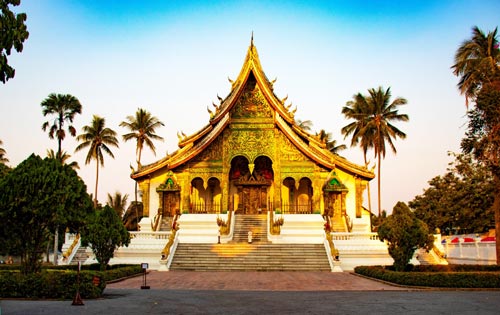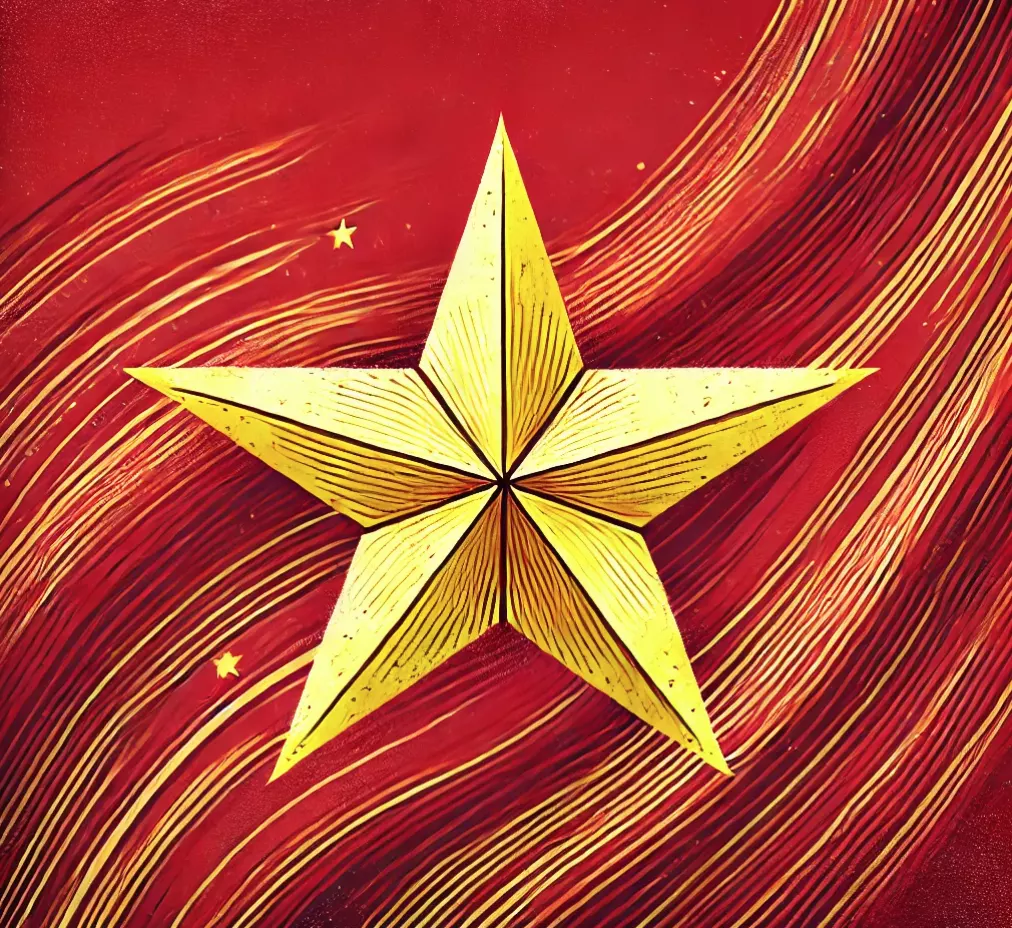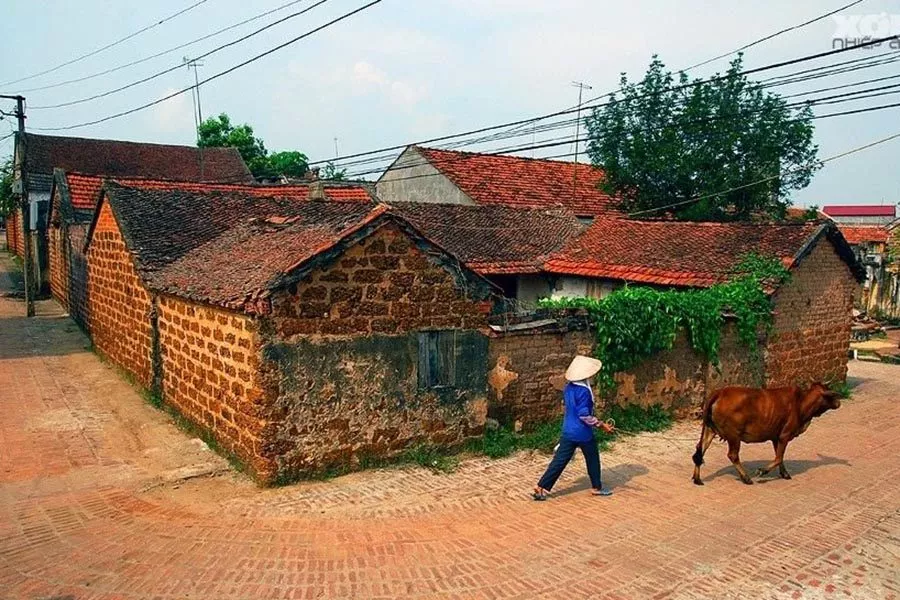Dive into the captivating history of the Vietnamese flag, revealing its profound significance.
This simple yet elegant flag is more than a national symbol. Its vivid colors and iconic symbols tell a rich story of struggle and resilience.
If you’re passionate about Vietnam’s history and cultural heritage, you can explore our Vietnam tours to discover the country’s most emblematic sites.
History of the Vietnamese Flag
The Vietnamese flag’s history spans centuries, undergoing many changes but remaining a powerful emblem of Vietnamese identity. Influenced by the region’s ruling empires, early flag versions were linked to specific dynasties and kingdoms.
However, the current flag’s design emerged during Vietnam’s independence movement, symbolizing courage and sacrifice.
The flag, adopted in 1976 after reunification, features a red background with a yellow five-pointed star in the center, symbolizing the nation’s struggle and unity.
The evolution of the flag
The evolution of the Vietnamese flag reflects the country’s tumultuous history.
Before the modern design, various dynasties and colonial powers influenced the flag’s appearance. Each iteration represented the ruling power’s influence and the people’s response to their governance.
The current flag, officially adopted on July 2, 1976, after the reunification of North and South Vietnam, encapsulates the spirit of the Vietnamese revolution and the country’s aspiration for unity and independence.
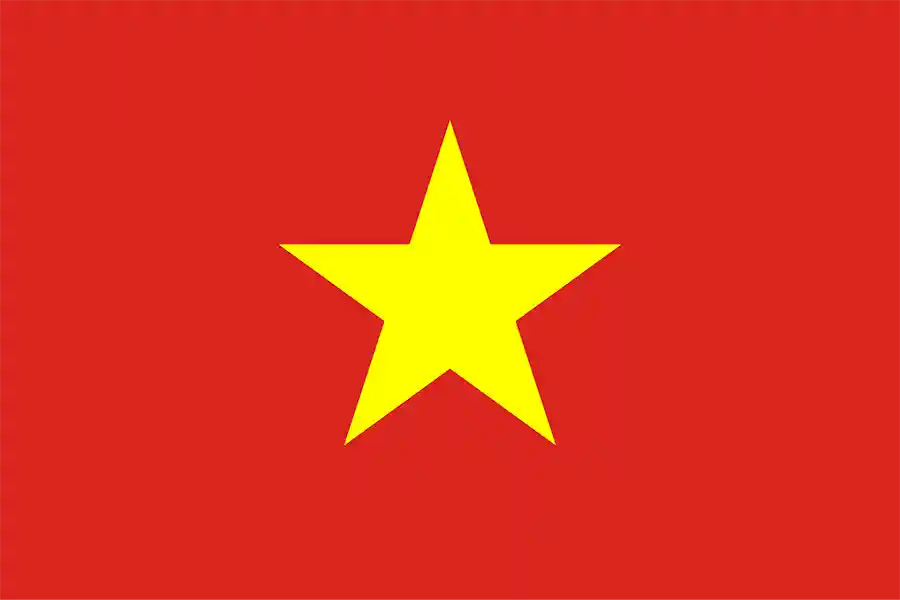
Colors and symbols
The flag’s vivid colors have deep symbolic meanings. Red represents the courage and sacrifices of Vietnamese fighters throughout history, associated with the struggle for independence and freedom. Yellow symbolizes prosperity and solidarity, reflecting hope and optimism for Vietnam’s future.
The central five-pointed star symbolizes unity and harmony among the nation’s social classes, including workers, peasants, soldiers, intellectuals, and youth. This star is also a symbol of the Vietnamese communist revolution.
Symbols of Vietnamese flag
Apart from its vivid colors, the Vietnamese flag also features significant symbols. At the center of the flag is a five-pointed star, which represents unity and harmony among the different social classes of the country. This star is also a symbol of the Vietnamese communist revolution.
The symbols on the Vietnamese flag are a constant reminder of the country’s history and values.
They represent the struggle for independence and freedom, as well as the unity and solidarity of the Vietnamese people. The flag is a powerful means of communication, allowing the Vietnamese people to show their pride and support for their country. It is used in many official occasions and ceremonies, as well as by ordinary citizens to express their attachment to their homeland.
The flag during the Independence war
During the independence war, the flag was a crucial symbol of the fight for freedom, proudly displayed by Vietnamese fighters. It represented resistance against colonial forces, unity, and determination, inspiring global liberation movements and gaining international support for Vietnam’s cause.
The flag’s presence in the battlefields and at protests galvanized the people, becoming a beacon of hope and a rallying point for the cause of independence.
Official uses and protocol
The Vietnamese flag is used in many official occasions and ceremonies, such as national holidays, political events, and important celebrations. It is displayed on government buildings, schools, and embassies, and during military ceremonies and funerals of soldiers and leaders.
The flag’s usage is governed by strict protocols to show respect and dignity. It is raised at dawn and lowered at dusk, accompanied by the national anthem during formal ceremonies.
The flag is also prominently displayed during diplomatic events, showcasing Vietnam’s pride and sovereignty to the international community.
The flag in popular culture
The Vietnamese flag is omnipresent in the country’s popular culture, frequently featured in art, music, cinema, and literature.
It is a symbol of national pride and solidarity, used in protests and rallies to express political and social demands.
The flag’s image is often incorporated into various forms of artistic expression, symbolizing the country’s cultural heritage and the collective memory of its people. It serves as an inspiration for many, representing the resilience and enduring spirit of the Vietnamese nation.
Cultural significance
Beyond its official uses, the flag holds a special place in the hearts of the Vietnamese people. It is a common sight during festivals and public celebrations, symbolizing unity and national pride. The flag’s presence at such events reinforces the sense of belonging and collective identity among the Vietnamese.
It is also a symbol of the country’s progress and aspirations, reminding citizens of their shared history and common goals.
Étiquette and protocol
Respect for the Vietnamese flag is demonstrated through strict etiquette and protocols.
The flag should be treated with respect, raised and lowered slowly, and never allowed to touch the ground or be used disrespectfully.
During official events, the flag should be placed in a position of honor and carefully folded and stored when not in use.
There are specific guidelines for displaying the flag alongside other national flags or during international events, ensuring that it is accorded the highest respect.
Similar flags in other countries
The Vietnamese flag is unique but shares similarities with other flags worldwide, such as the Chinese flag, which also features red and yellow bands but includes five stars.
These similarities highlight historical and cultural influences between neighboring countries, with each flag representing its nation’s distinct identity.
The shared elements reflect the common historical struggles and aspirations for unity and independence in the region.
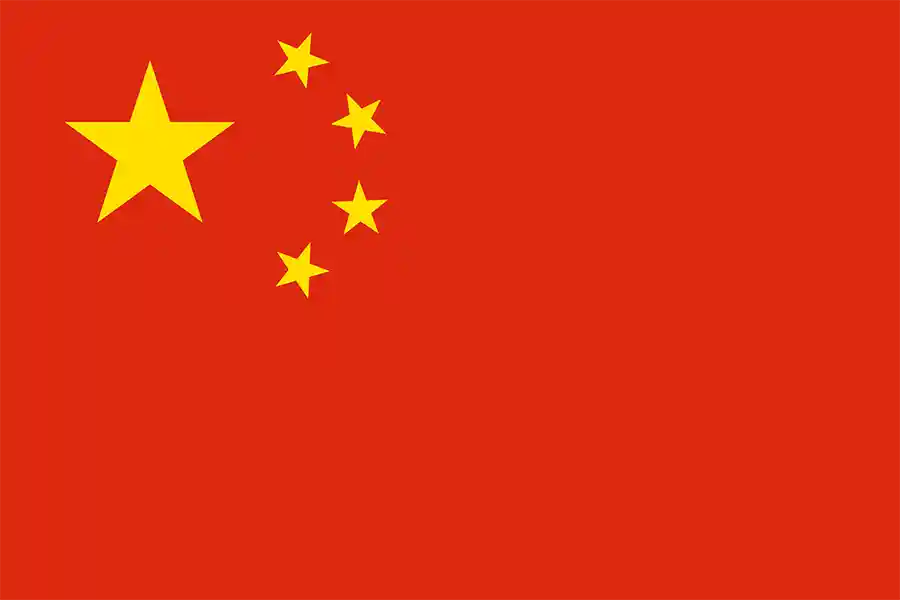
The Vietnamese flag is more than a national symbol; it embodies the country’s history, values, and independence struggle. Its vivid colors and significant symbols tell a story of courage, sacrifice, and resilience.
Understanding the history, meaning, and symbols of the Vietnamese flag allows for a deeper appreciation of its importance in national identity and its role in uniting and inspiring the Vietnamese people.
The flag stands as a testament to the enduring spirit of Vietnam, a symbol of its past, present, and fut


















